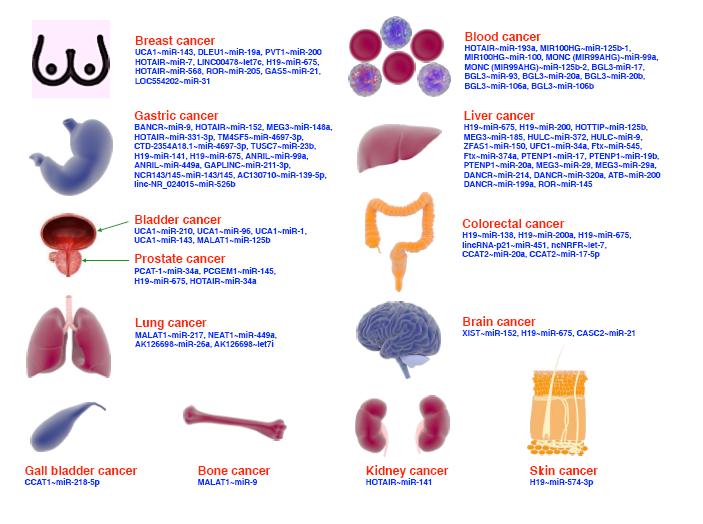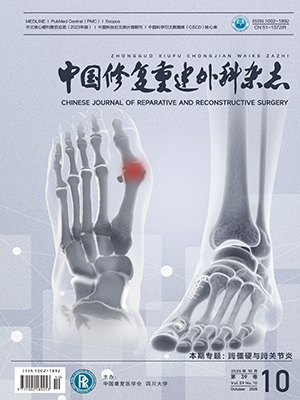Objective To summarize the clinical characteristics of foot and ankle deformities combined with knee and lower limb deformities and evaluate the advantages, clinical outcomes, and considerations of QIN Sihe’s surgical strategy for treating such complex deformities. Methods Between January 2022 and December 2024, 32 patients with foot and ankle deformities combined with knee and lower limb deformities were enrolled. The cohort included 23 males and 9 females, aged 10-67 years (mean, 41.1 years). The main etiologies included post-polio sequelae (20 cases) and congenital limb deformities (3 cases). Deformities were categorized as follows: equinovarus foot (12 cases), equinus foot (2 cases), equinovalgus foot (3 cases), equinus foot with swan-neck deformity (2 cases), calcaneus foot (5 cases), foot valgus (2 cases), knee flexion deformity (14 cases), genu recurvatum (4 cases), genu varum (3 cases), genu valgum (3 cases), lower limb shortening (3 cases), and lower limb external rotation (6 cases). QIN Sihe’s surgical strategies included osteotomies, tendon releases, and tendon transfers for deformity correction, followed by external fixation for residual deformity adjustment and stabilization. Outcomes were assessed using QIN Sihe’s Postoperative Evaluation Criteria for Lower Limb (Foot and Ankle) Deformity Correction and Functional Reconstruction. Results All patients were followed up 8-32 months (mean, 16.5 months). Complications included pin tract infection (1 case, 1 site), ankle pain (2 cases), delayed healing at the proximal tibial osteotomy site (1 case), and anterior talar dislocation (1 case). At last follow-up, insufficient correction of foot deformity was observed in 1 case; both knee and lower limb deformities were corrected, with only mild recurrence of knee flexion deformity in 1 case. The foot/ankle and knee joint function improved. Based on QIN Sihe’s Postoperative Evaluation Criteria for Lower Limb (Foot and Ankle) Deformity Correction and Functional Reconstruction, outcomes were rated as excellent in 30 cases and good in 2 cases, with an excellent-good rate of 100%. Conclusion Foot and ankle deformities combined with knee and lower limb deformities are complex, QIN Sihe’s surgical strategy can achieve satisfactory clinical outcomes for simultaneous correction.
Citation:
ZANG Jiancheng, PAN Xuyue, CUI Yidong, XIAO Li, WEI Fangyuan, CHEN Zhaojun, WANG Zhengyi. Treatment of foot and ankle deformities combined with knee and lower limb deformities using QIN Sihe’s surgical strategy. Chinese Journal of Reparative and Reconstructive Surgery, 2025, 39(8): 965-973. doi: 10.7507/1002-1892.202505056
Copy
Copyright © the editorial department of Chinese Journal of Reparative and Reconstructive Surgery of West China Medical Publisher. All rights reserved




